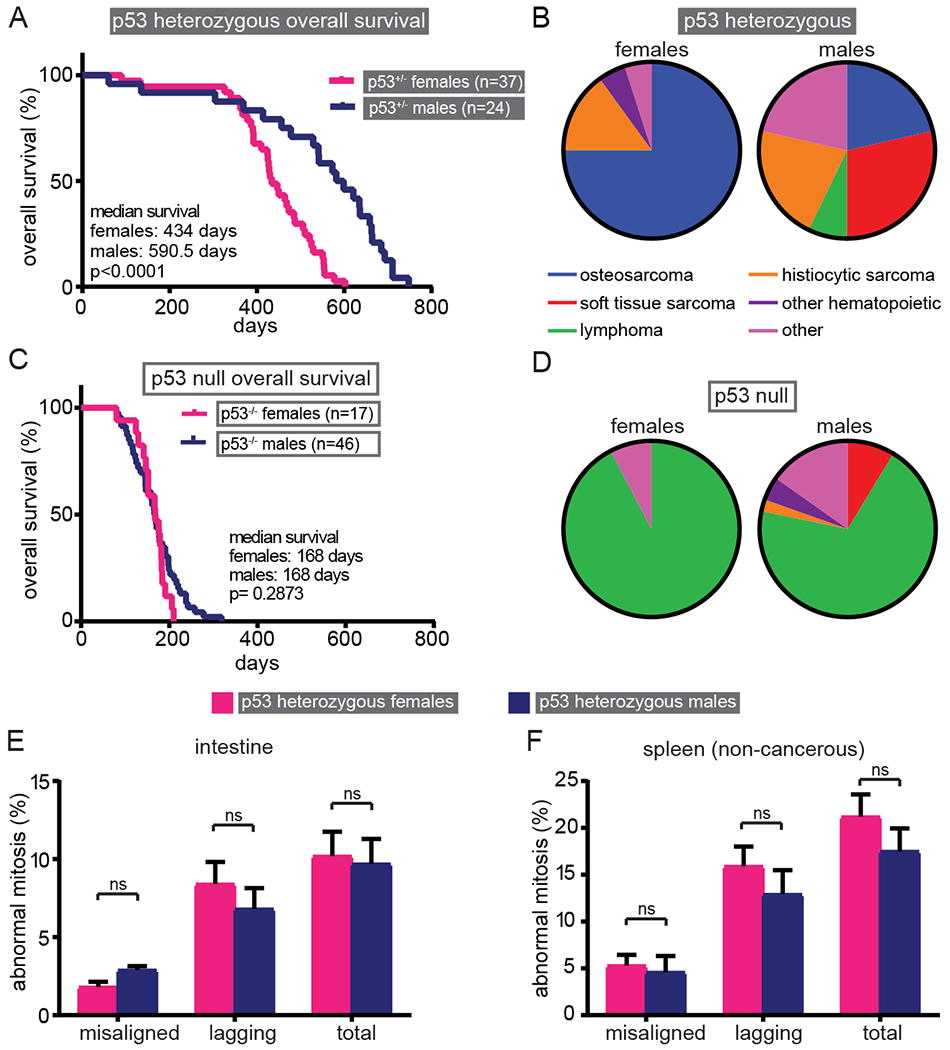Figure 2: Sex-specific survival advantage in male p53+/− mice.

(A) Kaplan-Meier curve showing p53+/− male mice have increased overall survival compared to p53+/− female mice. (B) p53 heterozygous females acquire significantly more osteosarcomas (p<0.005, FDR<5%), while p53 heterozygous males have a diverse tumor spectrum. 20 of 37 females (54%) and 14 of 24 males (58%) developed a single tumor. No p53+/− animal developed more than one tumor. Data are shown only for those mice that developed a tumor. (C) Kaplan-Meier curve showing p53 null animals do not exhibit sex-specific survival differences. (D) p53 null animals primarily develop lymphomas, regardless of sex. 12 of 17 females (71%) developed tumors. 11 females had a single tumor and one female had two tumors. 38 of 46 males (83%) developed tumors. 31 had a single tumor and seven had two tumors. (E-F) Quantification of mitotic defects in p53 heterozygous H&E stained intestine (E) and non-cancerous spleen (F) indicates that the sex-specific survival disparity is not due to differences in CIN. n>35 metaphase and >30 anaphase and telophase cells from each of 3 (E) or 4 (F) animals per sex. Error bars indicate SEM.
